In a world that’s rapidly changing, the way we manage and lead our teams needs to evolve. The story of the veterinary structure at Blue Cross illustrates a profound transformation in management structure that not only improved our operations but also presented a blueprint for other sectors to follow.
The journey began during the tumultuous times of the COVID-19 pandemic when traditional management structures showed their limitations. Blue Cross, embarked on a critical evaluation of their established leadership and management frameworks. We recognised the need for a more flexible and adaptive approach to meet the changing needs of both our teams and our clients.
The innovative structure implemented at Blue Cross focuses on dividing work into three primary areas: Operations, Standards, and Strategy. This simplification allows for focused problem-solving, with each area requiring a distinct mindset and approach. The Operations team focuses on optimising the efficiency of the veterinary service’s daily running, the Standards team emphasise clinical excellence, and the Strategy team look to the future, incorporating new systems, technologies, and partnerships.
What makes this approach revolutionary is its flexibility and inclusivity. By creating specific working groups involving a diverse mix of leaders and front line staff in decision-making and problem-solving, Blue Cross has fostered a culture of collaboration and innovation. This flat structure empowers employees, giving them the space and permission to drive change
This model, rooted in simplicity and focus, proves that complex problems can be tackled efficiently by empowering the people closest to the work. It’s a testament to the power of adaptive leadership and the importance of revisiting and revising our management structures in response to the ever-evolving world.
This structure has already delivered significant change at pace, and has future-proofed our adaptive responsiveness that is inevitable in coming years.
Key Takeaways:
- Adaptive management structures are essential in today’s fast-paced world.
- Simplifying roles into focused areas can enhance efficiency and problem-solving.
- Involving a diverse group of staff in decision-making fosters innovation and collaboration.
- The Blue Cross model is a testament to the effectiveness of flexible and inclusive leadership.
- This case study from Blue Cross is not just a lesson for veterinary practices but a beacon for all sectors striving to adapt to the changing needs of their teams and clients.
 Dr Paul Manktelow is a vet who’s worked for almost 20 years on the front line in some of the UK’s busiest veterinary hospitals. As Chief Vet in the Charity Sector, he leads a team of vets and nurses that treat thousands of pets every year. Paul also appears regularly in the media as a TV and radio presenter, writer, public speaker and podcast producer.
Dr Paul Manktelow is a vet who’s worked for almost 20 years on the front line in some of the UK’s busiest veterinary hospitals. As Chief Vet in the Charity Sector, he leads a team of vets and nurses that treat thousands of pets every year. Paul also appears regularly in the media as a TV and radio presenter, writer, public speaker and podcast producer.






Leave A Comment